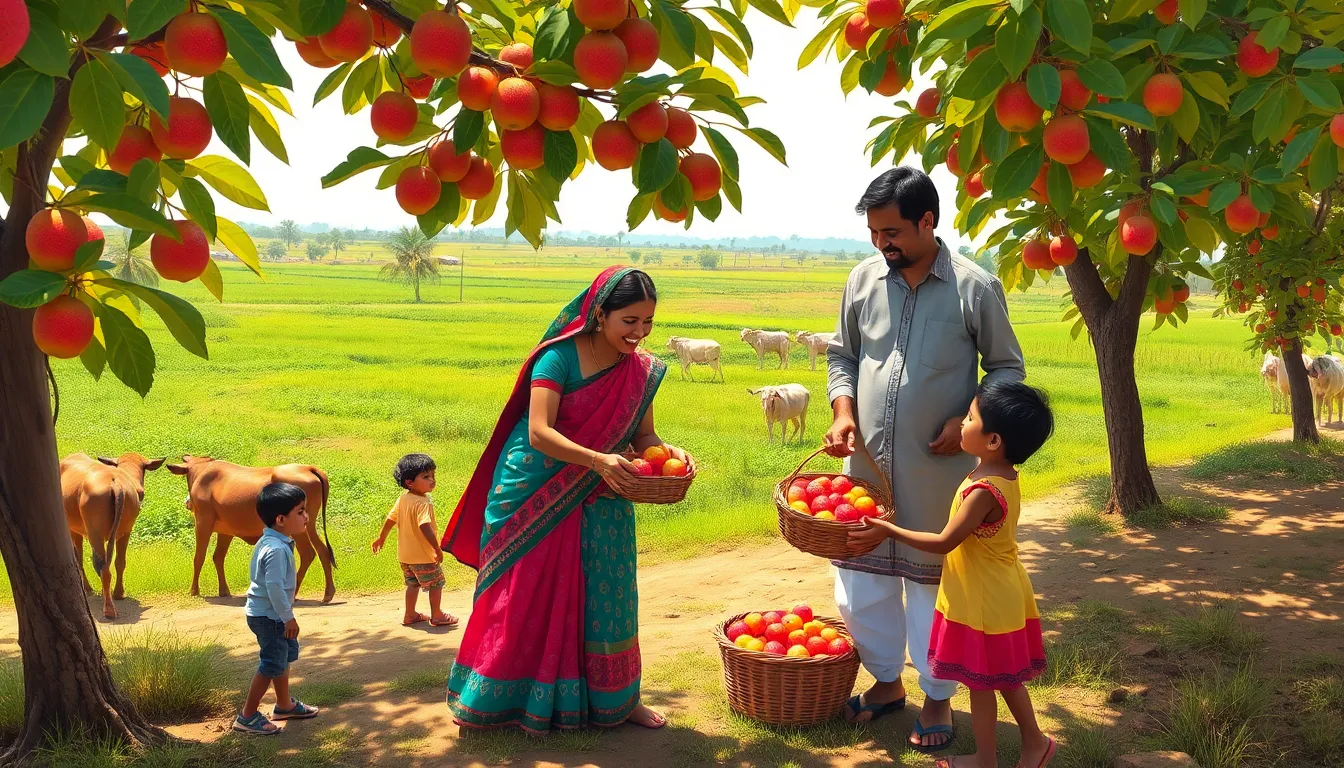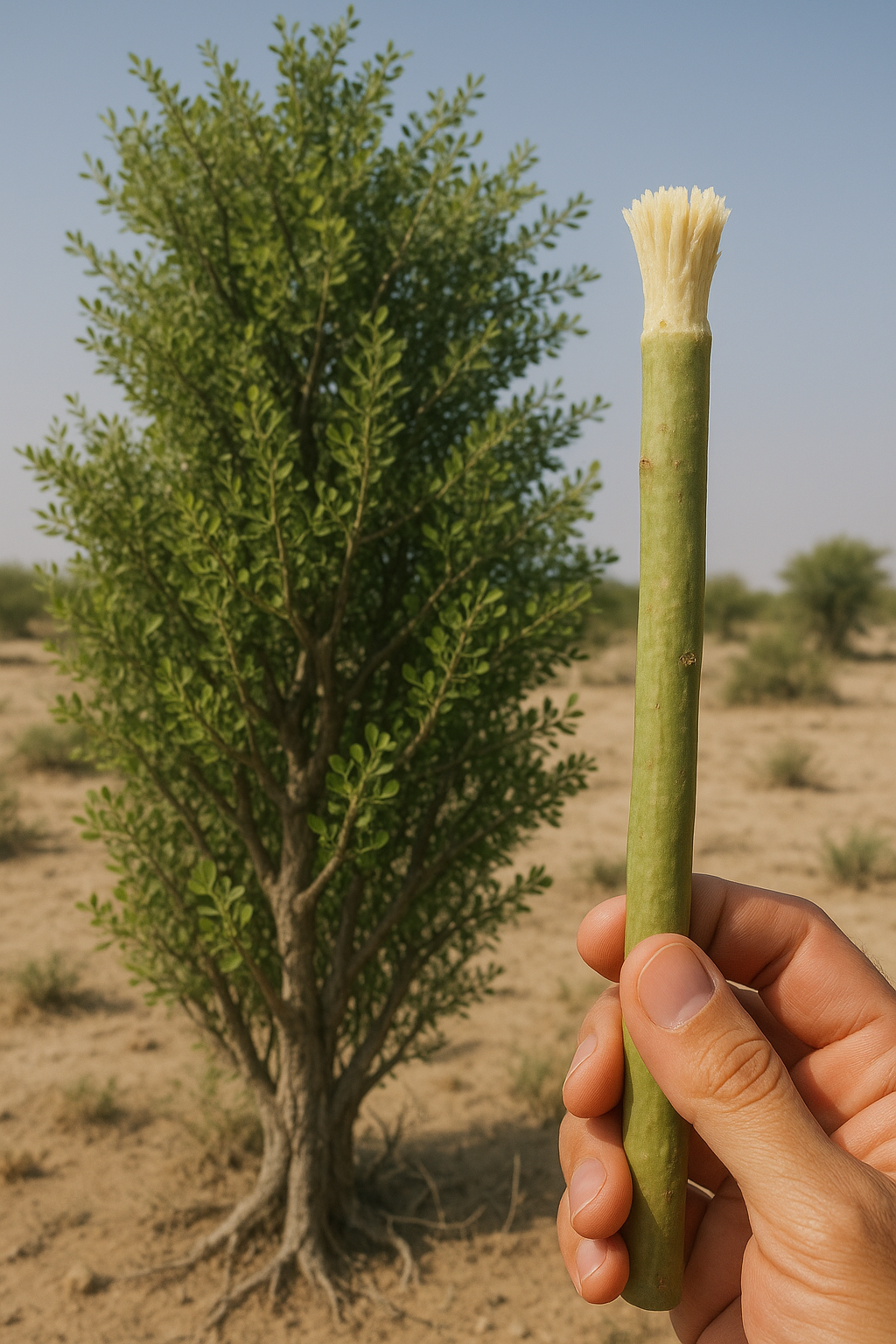Strawberry guava, also known as Cattley guava, is a fruit tree from the myrtle family. This tree thrives in tropical environments and is native to the Amazon rainforest. Its hardy nature makes it suitable for sustainable farming, especially in regions with varying climates. The fruit of the strawberry guava is small, round, and can be green or red when ripe. Each fruit is packed with nutrients, making it a popular choice for health-conscious consumers.
One of the key benefits of strawberry guava is its high nutritional value. It is rich in vitamin C, potassium, and antioxidants. These nutrients can help boost heart health, support digestion, and enhance the immune system. For instance, just one guava can provide more than double the daily intake of vitamin C. This vitamin is crucial for maintaining a healthy immune system and may help reduce the severity of colds.
Strawberry guava is not only nutritious but also versatile. You can eat the fruit raw, add it to smoothies, or use it to make jams and jellies. The fruit’s high pectin content makes it an excellent choice for preserving. To make strawberry guava jam, you can boil the fruit with sugar and lemon juice until it thickens. This delicious jam is perfect for spreading on toast or adding to desserts.
Growing strawberry guava is relatively easy. The tree can adapt to various soil types and requires minimal care. It thrives in sunny locations and can withstand periods of drought. However, it’s essential to monitor its growth, as strawberry guava can become invasive in some areas. Responsible cultivation is necessary to prevent it from overtaking local ecosystems.
In addition to its health benefits, strawberry guava has potential economic value. As interest in niche markets grows, this fruit can provide farmers with a unique product to sell. Consumers are increasingly seeking out superfruits for their health benefits, and strawberry guava fits this trend perfectly. Its delicious taste and nutrient density make it an appealing option for health-focused consumers.
Despite its advantages, there are challenges to consider. Strawberry guava’s invasive nature poses risks to local biodiversity. In regions where it is not native, it can outcompete local plants, disrupting ecosystems. Therefore, it is vital for farmers to manage its growth carefully. This includes monitoring its spread and ensuring it does not interfere with local flora and fauna.
In conclusion, strawberry guava is a resilient superfruit that offers numerous benefits for sustainable farming and niche markets. With its rich nutrient profile and versatility in culinary uses, it is an excellent addition to any farm. However, responsible cultivation practices are essential to mitigate its invasive potential. As consumers continue to seek healthy options, strawberry guava could become a valuable crop for farmers looking to diversify their offerings. By understanding its benefits and challenges, we can enjoy this delicious fruit while protecting our environment.



